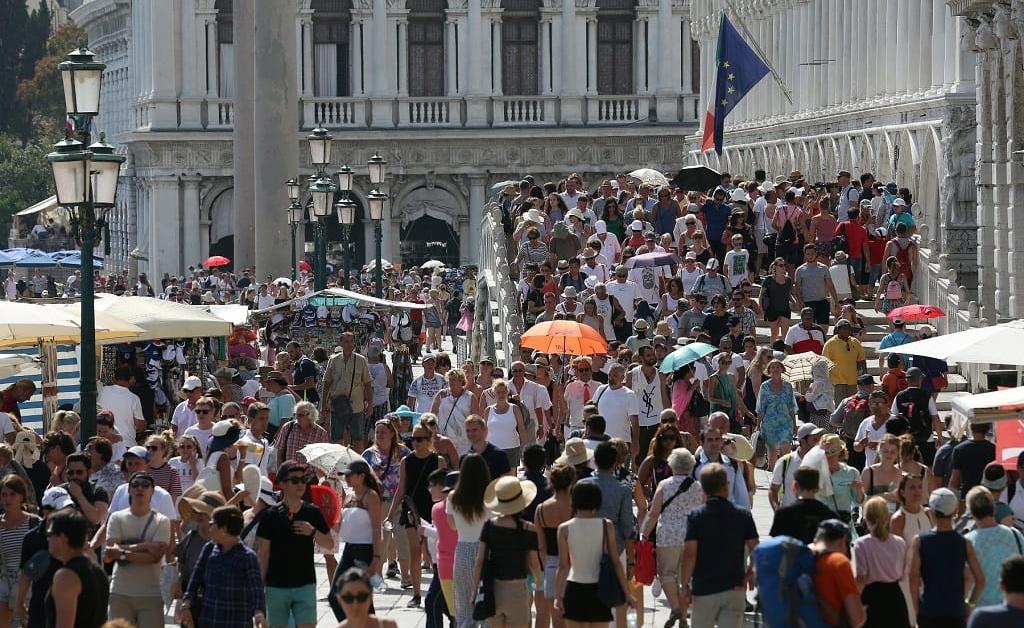Дата публикации: 22.07.2019
No matter how silly that may sound, modern Europe suffers from an influx of tourists. Residents of Venice, Barcelona and Amsterdam already today would prefer clean streets, the freedom of traffic and quiet sleep.
Concerned about the problem that has arisen, the World Tourism & Travel Council (WTTC) has analyzed fifty cities in the world and identified seven of them, which in the next 10 years will face disastrous consequences. The increase in tourist traffic, disproportionate to the possibilities of cities, leads them to ruin, increased crime and economic decline, despite the financial investments of foreign visitors. To determine which cities are most vulnerable, the WTTC divided them into categories, focusing on the level of preparation of each to further increase of tourists.

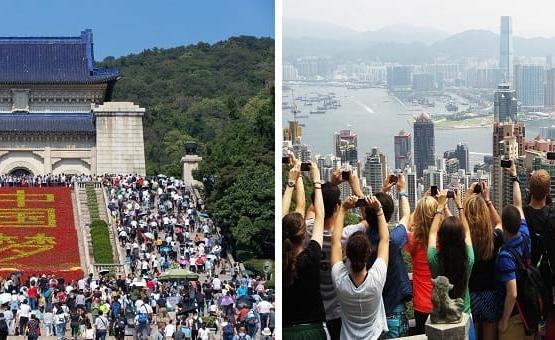
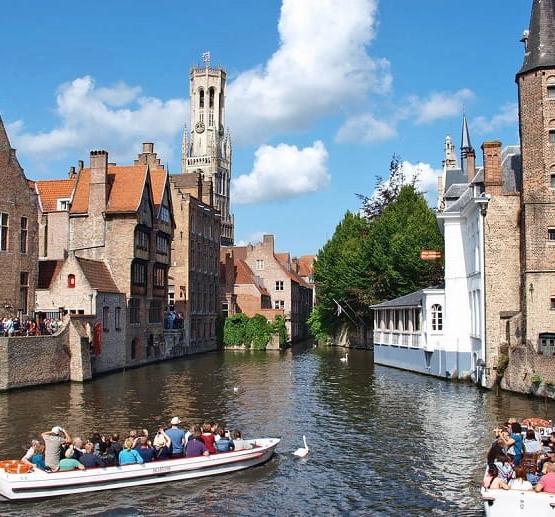
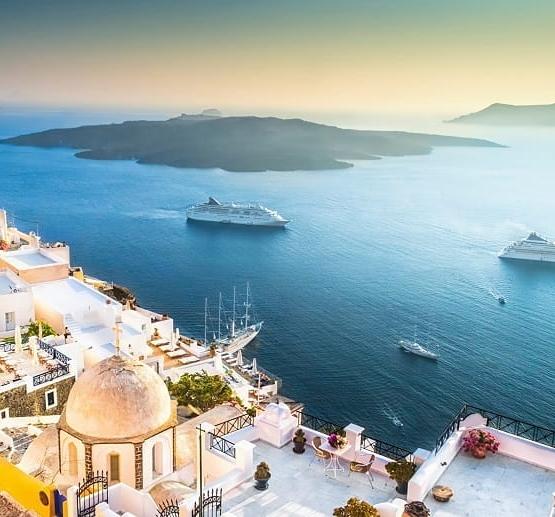
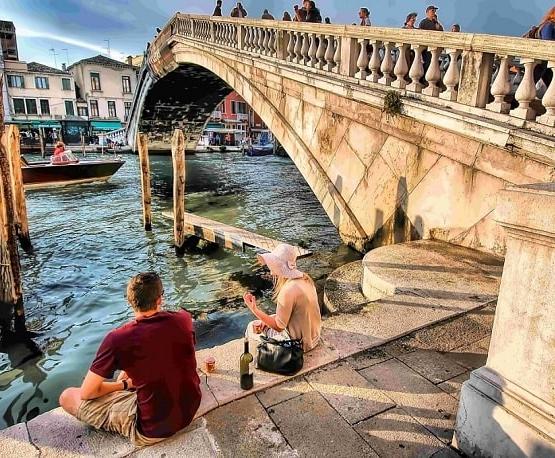
Europeans are tired of the large influx of tourists, photo © 34travel.me
Many factors were used for the assessment, including economic stability, the state of the infrastructure, the quality of environmental protection, state participation in the legal regulation of tourism, and so on. The obtained data was compared by experts with the predicted dynamics of the traffic flow by 2027, and brought out the readiness factor of the cities for the new conditions.
The results of the study reported that Istanbul, Mexico City, Bangkok, Delhi, Cape Town, Ho Chi Minh City and Jakarta are least prepared for change. But Tokyo, Chicago, Beijing and Hong Kong will not experience difficulties with receiving a significantly larger number of guests from abroad than today. New York, Berlin, London, Miami, Madrid are confidently coping with the growing tourist load. Also, WTTC experts found out that Russia will carry out an increase in the flow of tourists easier for other countries - tourism there is developing more slowly, and its potential in this direction is enormous.
Beijing and Hong Kong will not experience the difficulties of the growing tourist load, photo WEB
Nevertheless, long-term forecasts are not always justified, because in the next 10 years the situation in the designated cities may change dramatically. As practice shows, it is possible to reduce the influx of guests from abroad in one day. Cities that feel that tourism does more harm than good use different methods of regulating tourist flow. For example, in Belgian Bruges, the number of one-day guests will be reduced by the number of cruise liners entering the port. Instead of five ships, 1–2 will get to Zeebrugge, and their schedule will be formed so that tourists stay in the city for several days.
The number of one-day guests will reduce in Bruges, photo WEB
Santorini is going the same way - the island’s authorities have limited the number of people arriving on cruise ships to 8,000 a day. And the Spanish Barcelona restricts the entry of guests not so “clumsy” - the authorities simply forbade the construction of new hotels, increased the amount of the tourist tax and levied it on everyone without exception. Such measure is necessary, because the townspeople are seriously embittered by the noise and tons of garbage that visitors leave.
Santorini municipality limited the number of cruise tourists to 8,000 per day, photo WEB
Bali has own problems with foreign guests. Here the beggars flooded the streets, most of which have money, but they still sit down on the sidewalk and put a sign “Traveling without money, support my adventure!”. Now, the authorities will report such freeloaders to the embassies of their countries.
Venice is also dissatisfied with the behavior of foreigners, because it introduced a lot of fines for them from 50 to 450 euros. For example, in the city is restricted to feed pigeons, drink alcohol on the street after 19:00, sit near cultural objects, swim in the canal, etc. To reduce the interest of tourists in Venice, the authorities banned the construction of souvenir shops and other attractive to foreign guests objects for three years.
In Venice, it is forbidden to swim in the canals, photo WEB
Despite all the problems, tourism provides colossal income to the host country, and according to the WTTC, it is more than 10% of world GDP, and this figure is gradually increasing. Since the beginning of the 2000s, there has been an annual increase in the global flow of tourists, which is promoted by various factors - increased incomes of the population, availability of flights, development of regions that were not attractive to guests, etc. However, examining the phenomenon of overtourism from all sides, WTTC experts concluded that the problem lies not in tourism as such, but in the wrong management of it and its infrastructure.
Victoria Romanova, Russia, Moscow
Here can be your advertising!
Articles
13.06.2018
White nights of St. Petersburg
One dawn to change another hastens, giving the night half an hour ... © A.S. Pushkin
14.05.2018
Kamikatsu
Talk less, work more. In Japan, the whole city lives without leaving waste.
05.03.2019
Matera 2019
The Italian Matera has become the cultural capital of Europe for the coming year
Дата публикации: 22.07.2019
No matter how silly that may sound, modern Europe suffers from an influx of tourists. Residents of Venice, Barcelona and Amsterdam already today would prefer clean streets, the freedom of traffic and quiet sleep.
Concerned about the problem that has arisen, the World Tourism & Travel Council (WTTC) has analyzed fifty cities in the world and identified seven of them, which in the next 10 years will face disastrous consequences. The increase in tourist traffic, disproportionate to the possibilities of cities, leads them to ruin, increased crime and economic decline, despite the financial investments of foreign visitors. To determine which cities are most vulnerable, the WTTC divided them into categories, focusing on the level of preparation of each to further increase of tourists.
Europeans are tired of the large influx of tourists, photo © 34travel.me
Many factors were used for the assessment, including economic stability, the state of the infrastructure, the quality of environmental protection, state participation in the legal regulation of tourism, and so on. The obtained data was compared by experts with the predicted dynamics of the traffic flow by 2027, and brought out the readiness factor of the cities for the new conditions.
The results of the study reported that Istanbul, Mexico City, Bangkok, Delhi, Cape Town, Ho Chi Minh City and Jakarta are least prepared for change. But Tokyo, Chicago, Beijing and Hong Kong will not experience difficulties with receiving a significantly larger number of guests from abroad than today. New York, Berlin, London, Miami, Madrid are confidently coping with the growing tourist load. Also, WTTC experts found out that Russia will carry out an increase in the flow of tourists easier for other countries - tourism there is developing more slowly, and its potential in this direction is enormous.
Beijing and Hong Kong will not experience the difficulties of the growing tourist load, photo WEB
Nevertheless, long-term forecasts are not always justified, because in the next 10 years the situation in the designated cities may change dramatically. As practice shows, it is possible to reduce the influx of guests from abroad in one day. Cities that feel that tourism does more harm than good use different methods of regulating tourist flow. For example, in Belgian Bruges, the number of one-day guests will be reduced by the number of cruise liners entering the port. Instead of five ships, 1–2 will get to Zeebrugge, and their schedule will be formed so that tourists stay in the city for several days.
The number of one-day guests will reduce in Bruges, photo WEB
Santorini is going the same way - the island’s authorities have limited the number of people arriving on cruise ships to 8,000 a day. And the Spanish Barcelona restricts the entry of guests not so “clumsy” - the authorities simply forbade the construction of new hotels, increased the amount of the tourist tax and levied it on everyone without exception. Such measure is necessary, because the townspeople are seriously embittered by the noise and tons of garbage that visitors leave.
Santorini municipality limited the number of cruise tourists to 8,000 per day, photo WEB
Bali has own problems with foreign guests. Here the beggars flooded the streets, most of which have money, but they still sit down on the sidewalk and put a sign “Traveling without money, support my adventure!”. Now, the authorities will report such freeloaders to the embassies of their countries.
Venice is also dissatisfied with the behavior of foreigners, because it introduced a lot of fines for them from 50 to 450 euros. For example, in the city is restricted to feed pigeons, drink alcohol on the street after 19:00, sit near cultural objects, swim in the canal, etc. To reduce the interest of tourists in Venice, the authorities banned the construction of souvenir shops and other attractive to foreign guests objects for three years.
In Venice, it is forbidden to swim in the canals, photo WEB
Despite all the problems, tourism provides colossal income to the host country, and according to the WTTC, it is more than 10% of world GDP, and this figure is gradually increasing. Since the beginning of the 2000s, there has been an annual increase in the global flow of tourists, which is promoted by various factors - increased incomes of the population, availability of flights, development of regions that were not attractive to guests, etc. However, examining the phenomenon of overtourism from all sides, WTTC experts concluded that the problem lies not in tourism as such, but in the wrong management of it and its infrastructure.
Victoria Romanova, Russia, Moscow
Here can be your advertising!
Articles
13.06.2018
White nights of St. Petersburg
One dawn to change another hastens, giving the night half an hour ... © A.S. Pushkin
14.05.2018
Kamikatsu
Talk less, work more. In Japan, the whole city lives without leaving waste.
05.03.2019
Matera 2019
The Italian Matera has become the cultural capital of Europe for the coming year
Дата публикации: 22.07.2019
No matter how silly that may sound, modern Europe suffers from an influx of tourists. Residents of Venice, Barcelona and Amsterdam already today would prefer clean streets, the freedom of traffic and quiet sleep.
Concerned about the problem that has arisen, the World Tourism & Travel Council (WTTC) has analyzed fifty cities in the world and identified seven of them, which in the next 10 years will face disastrous consequences. The increase in tourist traffic, disproportionate to the possibilities of cities, leads them to ruin, increased crime and economic decline, despite the financial investments of foreign visitors. To determine which cities are most vulnerable, the WTTC divided them into categories, focusing on the level of preparation of each to further increase of tourists.
Europeans are tired of the large influx of tourists, photo © 34travel.me
Many factors were used for the assessment, including economic stability, the state of the infrastructure, the quality of environmental protection, state participation in the legal regulation of tourism, and so on. The obtained data was compared by experts with the predicted dynamics of the traffic flow by 2027, and brought out the readiness factor of the cities for the new conditions.
The results of the study reported that Istanbul, Mexico City, Bangkok, Delhi, Cape Town, Ho Chi Minh City and Jakarta are least prepared for change. But Tokyo, Chicago, Beijing and Hong Kong will not experience difficulties with receiving a significantly larger number of guests from abroad than today. New York, Berlin, London, Miami, Madrid are confidently coping with the growing tourist load. Also, WTTC experts found out that Russia will carry out an increase in the flow of tourists easier for other countries - tourism there is developing more slowly, and its potential in this direction is enormous.
Beijing and Hong Kong will not experience the difficulties of the growing tourist load, photo WEB
Nevertheless, long-term forecasts are not always justified, because in the next 10 years the situation in the designated cities may change dramatically. As practice shows, it is possible to reduce the influx of guests from abroad in one day. Cities that feel that tourism does more harm than good use different methods of regulating tourist flow. For example, in Belgian Bruges, the number of one-day guests will be reduced by the number of cruise liners entering the port. Instead of five ships, 1–2 will get to Zeebrugge, and their schedule will be formed so that tourists stay in the city for several days.
The number of one-day guests will reduce in Bruges, photo WEB
Santorini is going the same way - the island’s authorities have limited the number of people arriving on cruise ships to 8,000 a day. And the Spanish Barcelona restricts the entry of guests not so “clumsy” - the authorities simply forbade the construction of new hotels, increased the amount of the tourist tax and levied it on everyone without exception. Such measure is necessary, because the townspeople are seriously embittered by the noise and tons of garbage that visitors leave.
Santorini municipality limited the number of cruise tourists to 8,000 per day, photo WEB
Bali has own problems with foreign guests. Here the beggars flooded the streets, most of which have money, but they still sit down on the sidewalk and put a sign “Traveling without money, support my adventure!”. Now, the authorities will report such freeloaders to the embassies of their countries.
Venice is also dissatisfied with the behavior of foreigners, because it introduced a lot of fines for them from 50 to 450 euros. For example, in the city is restricted to feed pigeons, drink alcohol on the street after 19:00, sit near cultural objects, swim in the canal, etc. To reduce the interest of tourists in Venice, the authorities banned the construction of souvenir shops and other attractive to foreign guests objects for three years.
In Venice, it is forbidden to swim in the canals, photo WEB
Despite all the problems, tourism provides colossal income to the host country, and according to the WTTC, it is more than 10% of world GDP, and this figure is gradually increasing. Since the beginning of the 2000s, there has been an annual increase in the global flow of tourists, which is promoted by various factors - increased incomes of the population, availability of flights, development of regions that were not attractive to guests, etc. However, examining the phenomenon of overtourism from all sides, WTTC experts concluded that the problem lies not in tourism as such, but in the wrong management of it and its infrastructure.
Victoria Romanova, Russia, Moscow
Here can be your advertising!
Articles
13.06.2018
White nights of St. Petersburg
One dawn to change another hastens, giving the night half an hour ... © A.S. Pushkin
14.05.2018
Kamikatsu
Talk less, work more. In Japan, the whole city lives without leaving waste.
05.03.2019
Matera 2019
The Italian Matera has become the cultural capital of Europe for the coming year

